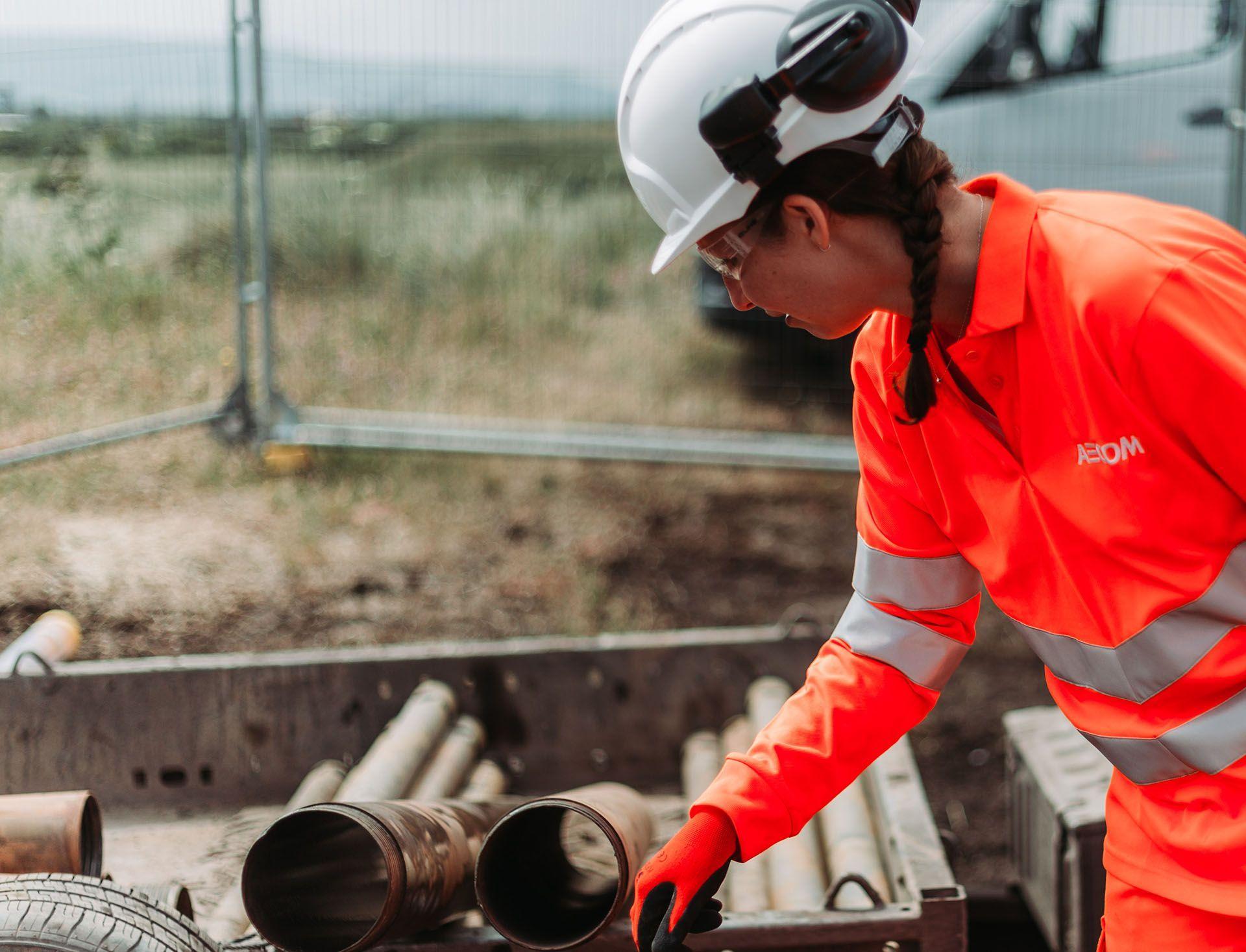
Fueling industrial Teesside without the emissions
Decarbonizing a cluster of carbon-intensive businesses in North East England
Saying goodbye to ten million tons of carbon
We are helping to make a net zero future an achievable reality in the industrial north-east of England through our work on the Net Zero Teesside (NZT) project. This carbon capture and storage project will also help develop hydrogen production, a fuel source that the UK government has identified for significant investment and upscaling over the next ten years.
The project, in which we were selected to work with energy firm BP and four other major international energy companies, is a new gas-fired power and carbon capture project that connects existing and future industrial emitters, including hydrogen producers. It’s also part of the East Coast network which connects NZT via an offshore pipeline to Endurance, a saline aquifer.
High expectations for cleaner outcomes
The cluster-connected power station will supply enough power for 1.3 million homes per year, with up to 10 million tons of carbon dioxide prevented from entering the atmosphere through this network. Instead, it will be delivered through pipelines into permanent, geological storage sites under the North Sea around 90 miles (145 kilometers) off the coast. The wider ambition is to develop a hydrogen network that is eventually intended to be supplied by green hydrogen electrolyzed from water, a process that produces no carbon dioxide at all.
NZT was selected as a priority location in the UK government’s Carbon Capture, Usage and Storage (CCUS) program, earning Track 1 status which means mid 2020s development is being targeted. Economically, the program is projected to add GBP£450 million per year (US$560 million) to the local economy, with the creation of 5,500 new jobs in the construction phase.
From disused steelworks to low-carbon cluster
We were involved in the project from the outset, putting in place a multidisciplinary team that combined consenting and engineering expertise in-house, to support the project and engage stakeholders at all levels – policy, regulatory, community, scientific, and technical.
We prepared the planning (Development Consent Order) and environmental permit applications and Best Available Techniques (BAT) assessments to enable the brownfield location – on the site of a former steelworks - to be considered for development by government and planning authorities. As the applications cover the carbon dioxide gathering, compression, and export facilities as well the power station and associated carbon capture plant, this was a complex and detailed process.
We also carried out an Environmental Impact Assessment (EIA) and created virtual consultation resources to communicate the benefits and engage with regulatory authorities and community stakeholders.
Drawing on extensive experience of working on both industrial carbon capture processes and geological programs elsewhere in the world, we also delivered technical and engineering expertise for air impact and safety case assessments, identification of utility connections and pipeline routing, costing, and licensor discussions.
Turning Teesside’s emissions around
NZT has been purposely sited in an area with huge emissions reduction potential. Tesside industries account for 5.6 percent of UK industrial emissions and the site is home to five of the 25 biggest carbon dioxide emitters in the UK. It has the potential to make an important contribution to the government’s commitment to reach net zero by 2050, through its own impact and also by serving as a model for what can be achieved.